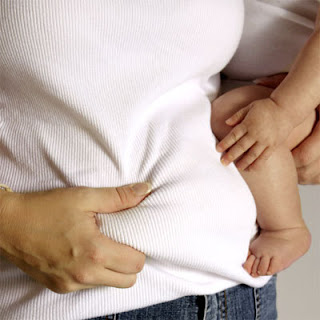Early pregnancy complications
When you find you are pregnant, the first thing you must do is go see your obstetrician/gynecologist. They will perform an ultrasound to make sure that your pregnancy is advancing as it should. Regular visits to your OBGYN will prevent early pregnancy complications or at the very least, help identify them at an early stage. The two most common pregnancy complications are:
Ectopic pregnancies
Ectopic pregnancies are one of the most common early complications. Ectopic pregnancies refer to pregnancies in which the egg is fertilized outside the womb so the fetus begins to develop in the ovary or in the fallopian tube. This can be very dangerous not only for the fetus but also for the mother. If surgery is not performed, the tubes could burst and result in internal bleeding and in some cases, even death.
-->
Miscarriages
Complication during pregnancy can lead to miscarriages, another common early pregnancy complication. Sometimes the cervix can open causing heavy bleeding with intense cramping pains. Other times, the baby can die in early pregnancy. When this happens, the mother can either wait for a miscarriage to occur or have a D&C. There are many different complications during pregnancy that can cause this to happen: blood clotting, infection, structural problems, or lifestyle choices such as smoking, alcohol or high caffeine intake.
High risk pregnancy
A pregnancy that is categorized as high risk is one which has a higher chance of complications arising. You may be considered high risk if you are carrying multiple babies, have a long term illness such as diabetes, or are over the age of 35. If you are high risk, you may be asked to visit your obstetrician more regularly as the pregnancy will need to be more closely monitored than usual.
-->
Pregnancy over 35
It is not uncommon for a woman’s fertility to be affected over the age of 30 and once you are pregnant, you must be aware that it is more common for complications to arise. The chances of your child bearing birth defects are significantly higher than those women who are under 30 and miscarriages also become more common in the first trimester of older pregnant women. For those over 35, there will also be an increased risk of diabetes and high blood pressure. Don’t worry, as with today’s technology, almost all these complications can be treated as long as they are spotted early on.
Multiple pregnancies
A multiple pregnancy is one in which there are two or more fetuses. It’s considered to be high risk because with more than one fetus, it has a higher chance of developing complications. Almost half of twins that are born are premature with extremely low birth weights and underdeveloped organs. This makes them very vulnerable and it is not uncommon for only one twin to survive. Twins who share a placenta could result in high amounts of amniotic fluids.
It is important to keep this information regarding early pregnancy complications in mind during pregnancy and to regularly consult your doctor.























